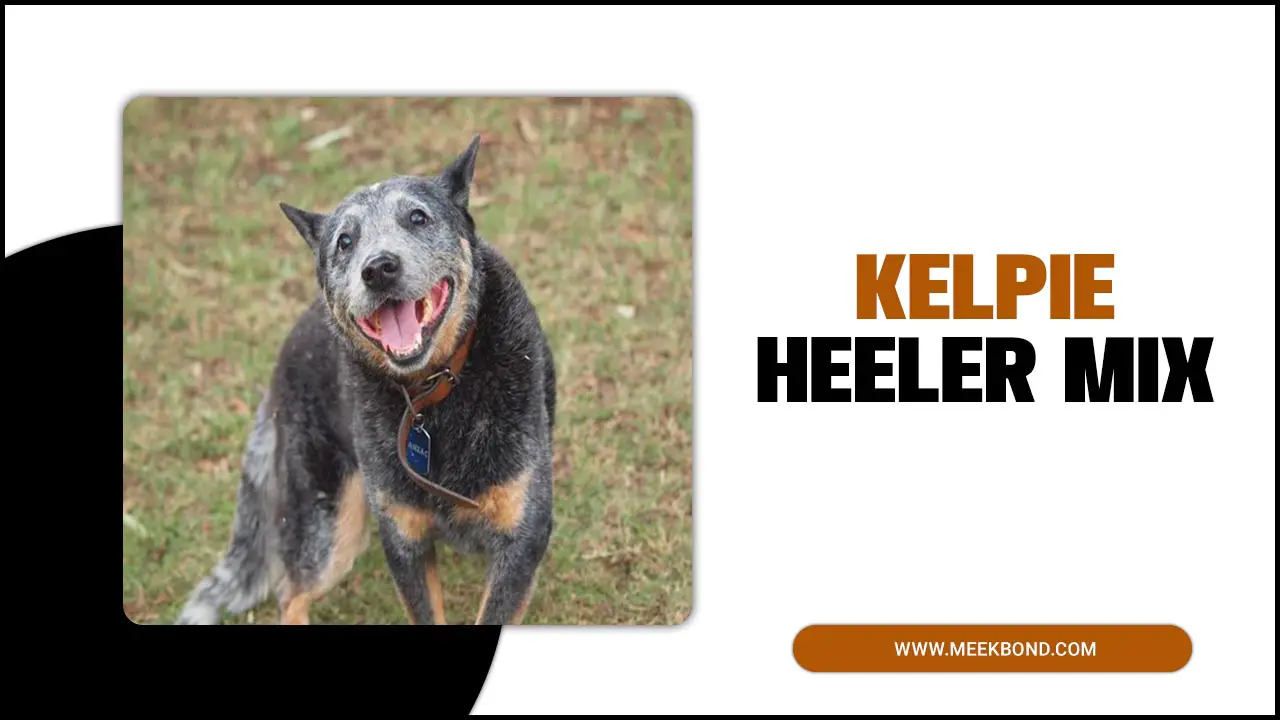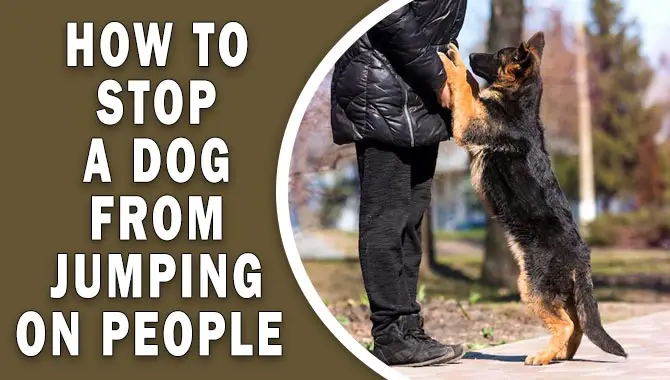What drives a dog’s licking behavior? Is it affection, comfort, or anxiety? In all likelihood, it is a combination of factors. Dogs have the ability to read human behavior and body language pretty well.
They know when they are doing something that humans like and when they are doing something that humans don’t like.Dogs may also lick people as a way of greeting them and welcoming them into their pack. When dogs lick us, it releases endorphins that provide a sense of pleasure and help to relieve stress.
Studies have shown that licking can be healthy for dogs, helping them to maintain healthy teeth and gums and stay clean and healthy. The way dogs lick their mouths and the saliva they emit are physiological responses to taste that can tell us about their moods, health, and emotional state. Uncovering the science behind dog’s licking behavior will help you understand the emotional aspect of licking behavior better. Read to find out more.
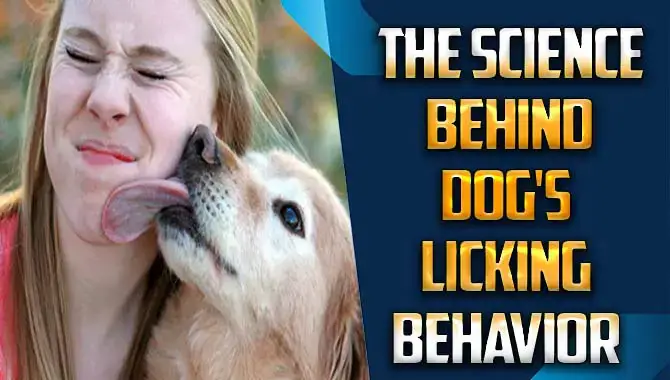
About Canine Behavior
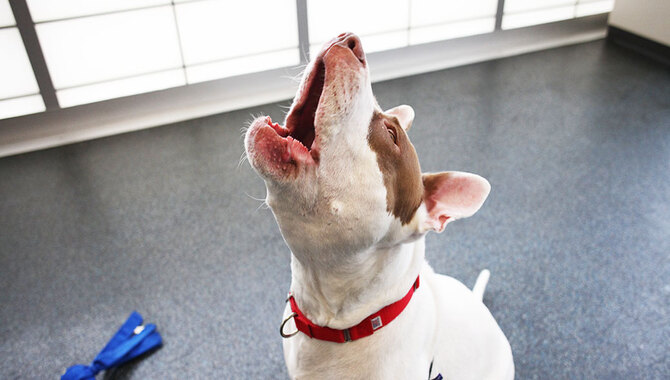
Dog behavior is the result of dog’s evolutionary history and social needs. Dogs are highly social and dependable animals with a strong pack instinct. Communication between dogs mainly uses smells, sounds, and visual cues such as pheromones and barks.
Dogs have a keen sense of smell and can easily detect scents from large distances. They can quickly assess the moods of their pack members, which allows for effective communication among the members of a pack. Growing up in a family environment with affectionate interactions between dogs, puppies are socialized to become friendly, obedient, and eager to please humans.
When it comes to training dogs, it’s vital to focus on both the behavioral response and emotional state as this will help dogs to become calm and relaxed. It is also important to provide positive reinforcement when dogs exhibit desired behaviors rather than creating a negative association with certain activities or objects.
For example, compulsive behaviors in dogs can include licking or chewing excessively or licking skin excessively. Acral lick dermatitis occurs when dogs lick their paws excessively causing irritation or even infection of the skin. Flank sucking occurs when dogs suck their belly in an apparent attempt to soothe themselves or get extra nourishment from their owners’ skin. Finally, incessant or rhythmic barking can be caused by boredom or frustration.
Is Dog Licking A Problem?
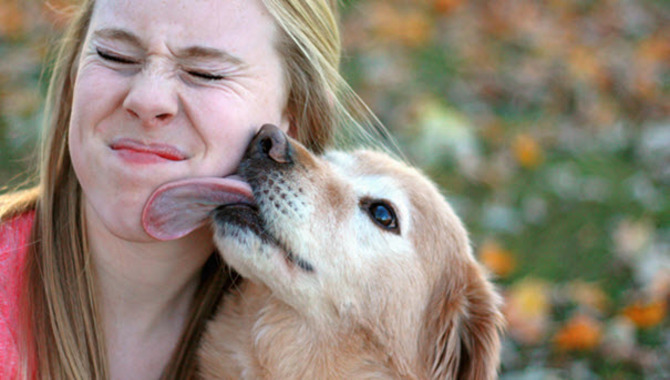
Dog licking can be a sign of affection, but it can also be a sign of compulsive behavior. In this case, dogs may be licking objects or surfaces excessively or engaging in licking behaviors repeatedly. This can be a sign of boredom or need for medical attention.
Dogs with excessive licking behaviors may exhibit signs of distress, such as pawing at the ground or vocalizing excessively. It’s important to monitor the behavior and seek veterinary care if the dog is showing signs of distress or harm to its body through excessive licking.
It’s also possible that dogs may self-stimulate by licking objects to create a pleasurable sensation. This is known as submissive pack behavior and can be seen in dogs when they are under the supervision of a human caregiver. If pet parents don’t like the dog licking behavior, it’s best to redirect the dog to a positive greeting instead of letting it continue with its compulsive behavior.
So, What Is The Science Behind Dog’s Licking Behavior
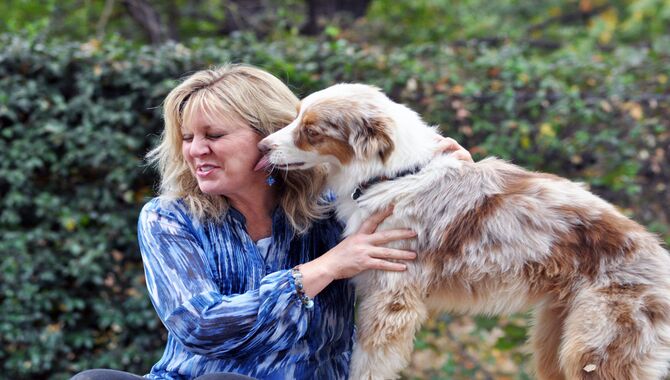
When dogs are born, they instinctively begin licking their body parts. This is an instinctual behavior that helps dogs clean and stimulate breathing. As puppies grow up, licking becomes more of a habit and can become a signal of affection or submission to the dominant members of the pack.
Dog’s licking behavior is an instinct they learn at birth, as the mother licks her puppies to clean and stimulate breathing. Dogs lick as a sign of submission to more dominant members of the pack. Dogs lick humans as a sign of affection and as a way to relieve stress.
Dogs may also use mouth-licking as a form of communication with humans. For example, dogs may use mouth-licking to ask for attention or to express gratitude. Additionally, dog saliva contains proteins and nutrients that can help improve the health of humans. This is why dogs often lick their owners’ faces or other parts of the body as a form of affection.
The Neurochemistry Of Dog Licking
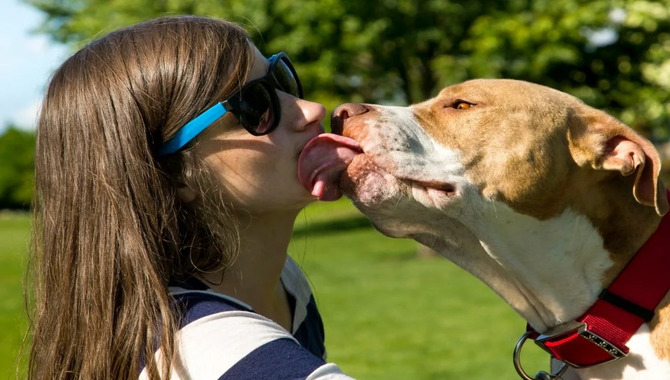
Dogs naturally lick as an instinctive behavior, releasing endorphins in their brains. Licking can be a sign of affection, communication, grooming, exploration, and attention. Interspecific communication focusing on the appeasement signals “looking away” and “licking of lips” has been studied and shown by dogs toward humans. The release of endorphins when a dog licks is one of the primary neurochemicals involved in the behavior.
Licking can be a symptom of anxiety or compulsive disorders, so it is important to take the licking behavior seriously and seek veterinary care if necessary. This behavior can be both comforting and comforting for dogs that are suffering from anxiety or stress.
The Physiological Benefits Of Dog Licking
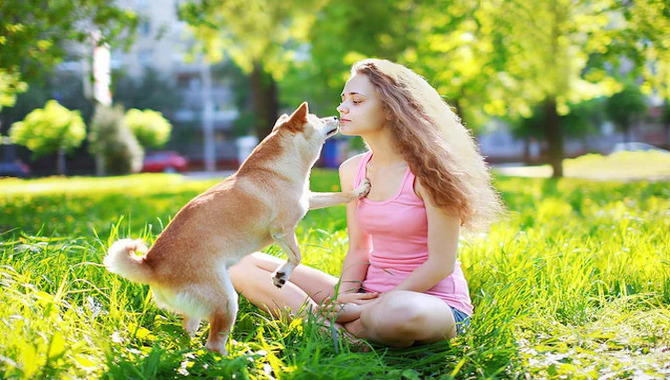
Licking is an instinct that dogs learn from birth and is used as a sign of submission in dog packs. When a dog licks another dog, it is often doing so to appeasement or solicit affection. Licking can also act as an appeasement signal, used to counteract threatening gestures. In addition to the physiological benefits of licking, it also releases endorphins in the dog’s brain which help with stress relief and making them feel calmer and more comfortable.
Licking has many useful functions for dogs, both physically and emotionally. It can help with stress relief and make them feel more relaxed, while also releasing endorphins that produce a sense of pleasure and help dogs feel better overall
The Role Of Taste In Dog Licking
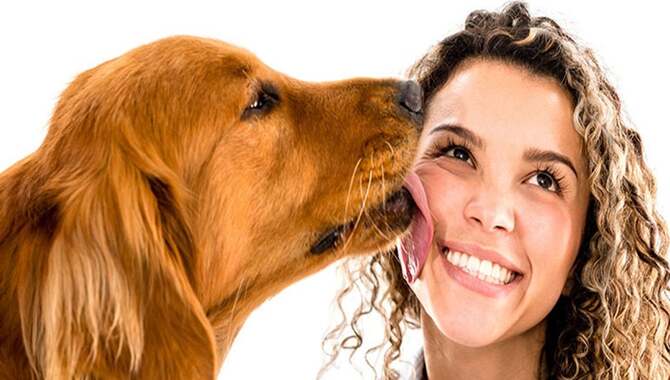
Dogs lick for a variety of reasons, including affection, communication, grooming, exploration, and taste. Dogs may lick humans because they taste good or because it is a part of their display of affection.
Licking can also be a sign of submission in dog packs, where dominant members of the pack are licked by the more submissive members. Licking releases the endorphins and other chemicals in dogs’ bodies that make them feel calm and relaxed.
Dogs licking humans out of curiosity or to explore and understand their surroundings is an important behavior that contributes to the relationship between dogs and people. Ultimately, dog licking behavior can be a positive one, as it shows affection and communication between two species.
The Effects Of Stress On Dog Licking
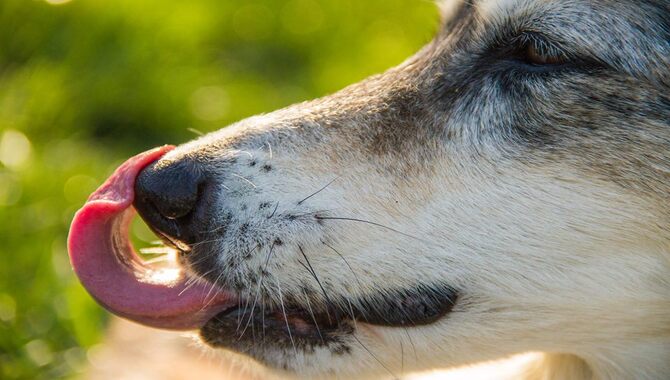
Dogs are known for licking excessively under stress. This behavior can result in compulsive behavior, which can be treated with behavioral therapy or medication. Dogs may also lick as a form of communication, such as when they are bored or suffering from allergies.
Licking can help calm and relax the dog and can have a beneficial effect on their health and well-being. However, compulsive licking may cause other behavioral issues, such as acral lick dermatitis or self-mutilation. Thus, it is vital to address the problem at its source to ensure the dog’s welfare and safety.
The Link Between Dog Licking And Diet
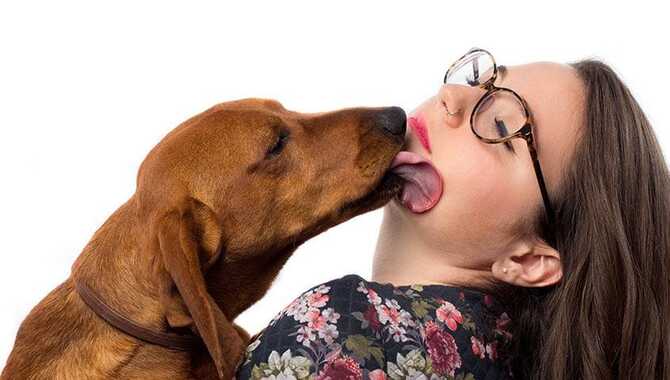
Dogs may lick as a sign of submission or for affection. Licking can help dogs feel secure and express their love for their owners. Licking can also release endorphins in their brain, which provide a sense of pleasure and help to relieve stress. Whether licking is a sign of submission or affection depends on the individual dog and its behavior. Some dogs only lick when they are happy and comfortable; other dogs will lick no matter what.
Diet can play an important role in dog behavior, including compulsive licking. Dogs with a healthy diet will rarely display this behavior, whereas dogs who are fed a struggling or inappropriate diet may do so frequently.
If you’re looking to address this behavior in your dog, consider making changes to his or her diet to ensure it is balanced and suitable for your pet’s needs. Additionally, if your dog is showing signs of anxiety or pain, such as panting heavily or refusing to walk, it may be best to reduce licking frequency to reduce negative feelings.
The Role Of Genetics In Dog Licking
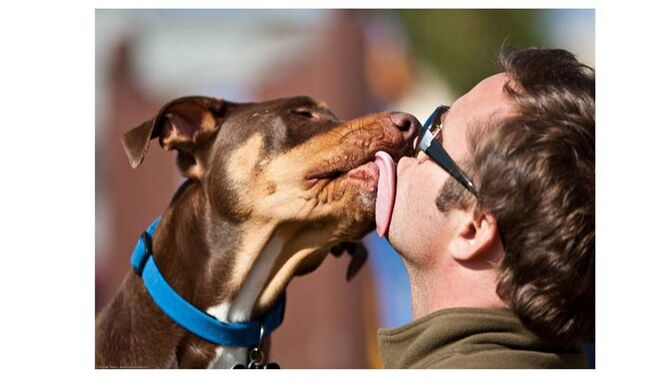
Dogs have an instinctive tendency to lick people and other dogs, which may be linked to the release of endorphins in the brain. This behavior can be seen as a sign of submission or affection towards humans or other dogs. Dog licking can be an indication of dominance, particularly when it is uninvited and accompanied by other dominant behaviors such as barking or growling. Additionally, adult dogs may lick their own snout as an appeasement signal, which could be related to genetic predisposition.
Genetic influences may play a role in the intensity of licking behavior in different dogs. Some breeds, such as German Shepherds and Boxers, are known for their intense licking behavior compared to other dog breeds.
However, there is no clear explanation for why some dogs licked more than others; it may simply be a genetic trait in these particular breeds. Overall, dog licking can be a common behavior that shows a wide range of emotions and characteristics depending on the individual dog’s personality and circumstances.
How Dogs Use Licking As A Communication Tool
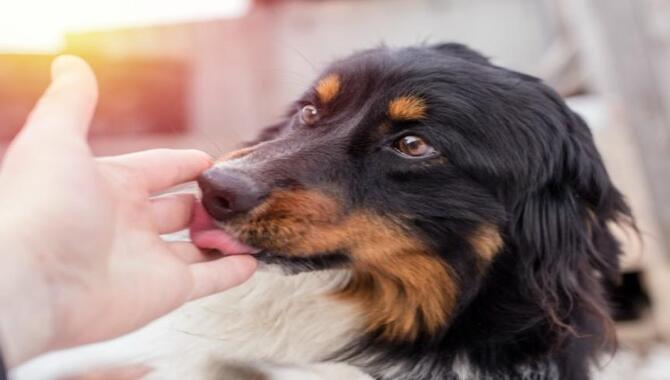
A dog’s licking behavior can be seen as a form of communication. This is because dogs lick as an affectionate gesture or to show dominance. When dogs lick another animal, it means that they are showing their friendliness or submissive behavior. Dogs may also use licking in the animal kingdom as an appeasement signal.
This is because licking releases endorphins which create a sense of calm and comfort for the dog. The licking behavior can also serve as a way to explore the environment or to gain attention from its handler. Some dogs may like the taste of people and will use licking as a way to get more of that flavor.
Licking can be seen as a sign of friendliness or dominance and can also be used for various purposes, such as communicating friendliness or dominance, exploring the environment, and gaining attention from the handler. Thus, it can be concluded that dogs use licking behavior as a way to communicate with their handlers.
Compulsive Licking
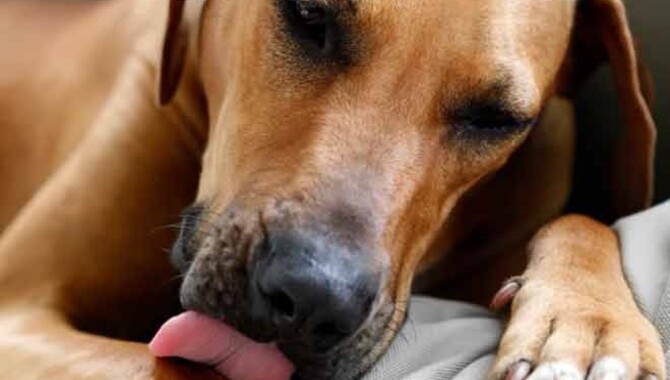
There are many reasons why a dog may compulsively lick, including boredom, stress, or food allergies. It’s important to address behavioral problems like compulsive licking with a vet who can rule out medical causes and help identify the behavior as a behavior rather than a medical problem.
Compulsive licking can be treated with behavioral therapy or medication, and some dogs will lick people out of affection, communication, grooming, exploration, or some other reason. Regardless of the reason for compulsive licking, it’s vital to address the issue and find solutions that work best for both pet and owner.
Affection
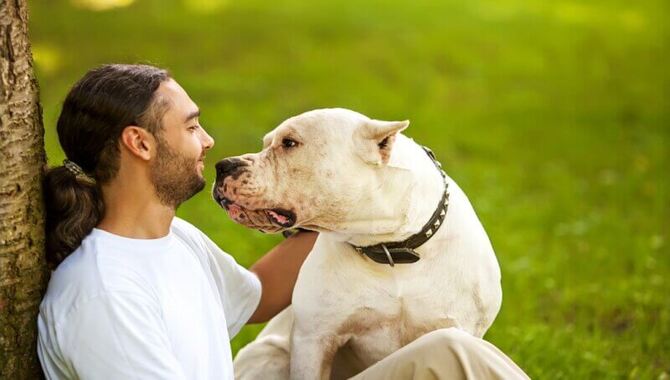
Licking appears to be a natural behavior for dogs, as it is something they learned from their mothers when they were puppies. In fact, puppies instinctively licked their mothers to help them heal after giving birth. As puppies grow into adult dogs, licking can serve a variety of purposes.
Dogs may lick people as a way of expressing affection, comfort, and warmth. Additionally, licking is seen as an exploratory behavior that allows dogs to learn about the world and the beings around them. This behavior also releases endorphins in the dog’s brain, which can make them feel calmer and more relaxed. Overall, licking seems to be a versatile behavior that can have various purposes for dogs of all ages.
Anxiety

Dogs may lick as a way to show anxiety and as an appeasement signal in order to reduce stress and calm down. Licking behavior can occur in the context of food intake or when the dog is anxious or in pain. For example, dogs may lick their paws or ears when they are cold or experiencing discomfort.
Licking can also be a sign of dominance when uninvited and accompanied by other dominant behaviors, such as snarling or barking. Dogs may also lick as a way to explore and understand the world and the beings around them.
In some cases, licking may be an indication of obsessive-compulsive disorder (OCD). If your dog exhibits licking behavior that is not related to health or comfort, be sure to take a closer look at the context of the behavior.
Training Your Dog To Discourage Licking
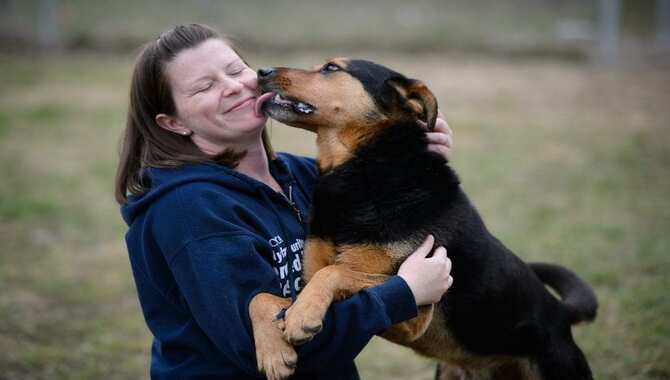
Dogs are naturally inclined to lick objects, and this behavior can become a nuisance or a health concern. Dogs may resort to licking behaviors when they are anxious or bored, as a way of calming themselves. This behavior can also be a sign of submission, indicating that the dog is trying to pacify another more dominant member of the pack.
In some cases, dogs may experience a medical condition known as licking disorder, which is characterized by excessive licking without any obvious medical cause. Dogs with this condition may require treatment to curb their behavior. For dogs trained to respond to commands such as “stop” or “settle,” teaching them to remain calm and relaxed on cue can be an effective method of discouraging excessive licking.
Reduce Excessive Dog Licking
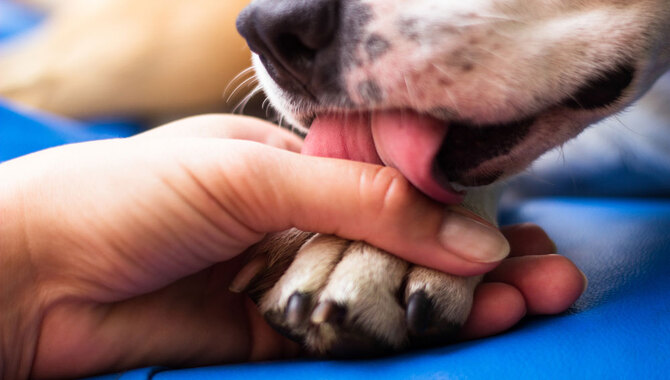
Dogs naturally learn to lick from birth, as it is an instinct of the mother to clean and stimulate her puppies. Licking releases endorphins that provide a sense of pleasure and help relieve stress. This can lead to obsessive licking behaviors.
Training your dog to stop licking can be a challenge, but training both the behavioral response (e.g. sit, down, walk, stay on your mat) and the emotional state (e.g. calm, relaxed) can help facilitate successful behavior modification.
Dogs may lick humans as a sign of affection, but they can also do so because they find the person tasty or enjoyable to be around. Overall, it is important to teach your dog appropriate behavior when distractions or heightened social interactions make it difficult for them to control their licking behavior.
Conclusion
It may seem like licking is just a harmless behavior, but it can also be a sign of excessive licking. If you notice that your dog licks excessively or shows compulsive licking behavior, such as licking objects or furniture, then you should consult a behavioral expert for advice.
It’s essential to keep the environment and your dog’s routine as stress-free as possible to help with any anxiety-related behaviors. Training your dog to sit and wait patiently while you’re not around can also be helpful. However, the truth is that dog licking is not as negative as it seems to be. It does serve some purpose for dogs and can actually be beneficial to them. We hope you found our information on the science behind dog’s licking behavior useful.
Frequently Asked Questions
Why Do Dogs Lick You Scientifically?
Dogs lick people for a variety of reasons. In some cases, dogs lick people as a way to say hello and gain attention. This is done by licking the face or hands of the person, often times repetitively. In addition, endorphins are released in the dog’s brain, which makes them feel calmer and more relaxed. As dogs evolved over time, they became adapted to licking humans as part of their behavior.
Is Licking A Coping Mechanism For Dogs?
Some people believe that dogs lick people as a form of coping mechanism. This is because licking releases endorphins in dogs, which can make them feel calmer and more relaxed. Dogs may lick people for a variety of reasons, including affection and communication. Dogs can also develop compulsive disorders where they feel the need to excessively lick.
Is Licking A Nervous Habit For Dogs?
Yes, licking is a natural instinct for dogs and it is usually a sign of dominance when uninvited. For example, if you leave your dog alone in your home, it may lick itself to figure out where you are and whether you’re coming back. If the dog licks excessively, it may be demonstrating dominant behaviour or it could have an underlying health issue.
Is Licking A Dominant Behavior In Dogs?
Yes, licking can be considered a dominant behavior in dogs. This can occur when it is uninvited or when the dog is exhibiting disobedient behavior. When licking is considered a sign of dominance, it may conflict with the dog’s appeasing gesture, which is licking the face of the dominant individual.
What Does Your Dog’s Licking Mean?
When your dog licks you, it is likely doing so out of affection or as a form of communication. It can also be a sign of friendliness or as a way of initiating a greeting. In addition, dogs lick themselves for many different reasons – to groom themselves, explore their environment, get attention, and to taste.

Aquarium passion is all about connecting with the aquatic life and providing education to the public on the importance of these creatures. We showcase a wide variety of marine life through our exhibits as well as working with schools to provide unique learning opportunities for students of all ages.


